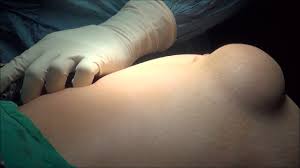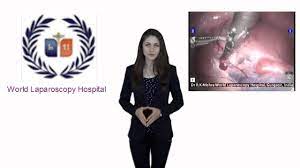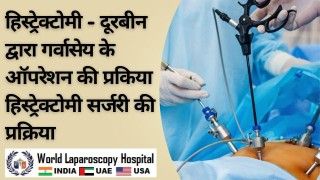Laparoscopic Nissen fundoplication - Watch Dr. R.K. Mishra's video
Add to
Share
77 views
Report
1 week ago
Description
Laparoscopic Nissen fundoplication is a surgical procedure that reduces the symptoms of gastroesophageal reflux disease (GERD) when lifestyle changes or anti-reflux medications have failed to control the symptoms. This procedure was first performed in 1951 as an open-surgical procedure. Patients were hospitalized for 7 to 10 days after the procedure. Today, Nissen fundoplication is performed in approximately 90 minutes. Most of the time, the patient stays in the hospital overnight and is discharged the morning after surgery. Laparoscopic Nissen fundoplication is one of the most popular surgeries performed by general surgeons. Approximately 90% of all fundoplications worldwide are now performed through laparoscopic surgery. It is a surgical procedure to treat gastroesophageal reflux disease (GERD) and hiatal hernia. In GERD, it is usually performed when medical therapy fails; however, with type II (paraesophageal) hiatal hernia, it is a first-line procedure. Nissen fundoplication is a total (360°) wrap, but Thal (270° anterior), Belsey (270° anterior transthoracic), Dor (anterior 180-200°), Lind (300° posterior), and Toupet fundoplications (posterior 270°) are alternative procedures with some differing indications and outcomes. In this procedure, the upper part of the stomach (approximately 5 percent) is wrapped around the esophagus to create an extra valve to prevent stomach contents from flowing back into the esophagus. The patient has five or six small incisions, approximately six inches in length, in the abdomen. After the operation, once the patient has recovered from the anesthesia, they are given fluids to drink, followed by a soft diet. This is a successful treatment for approximately 95 percent of patients who undergo this surgery.
Similar Videos






